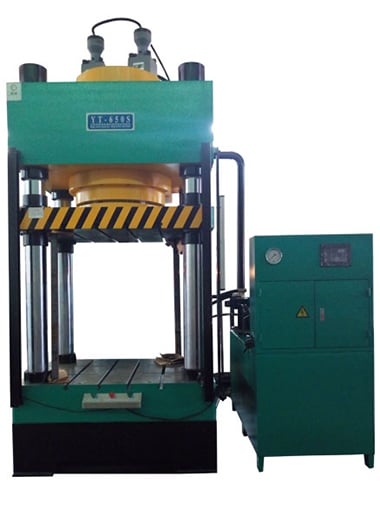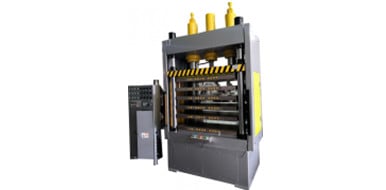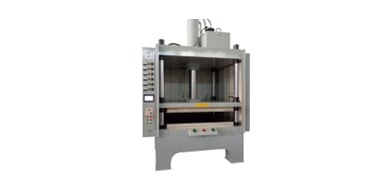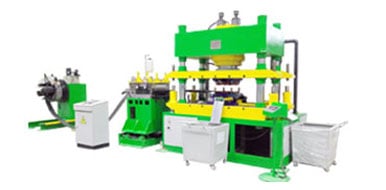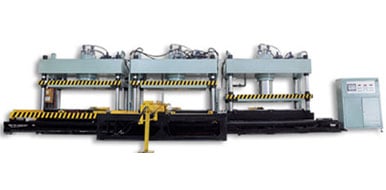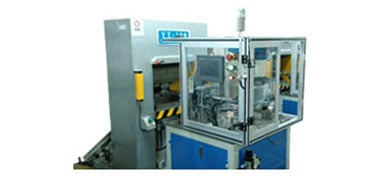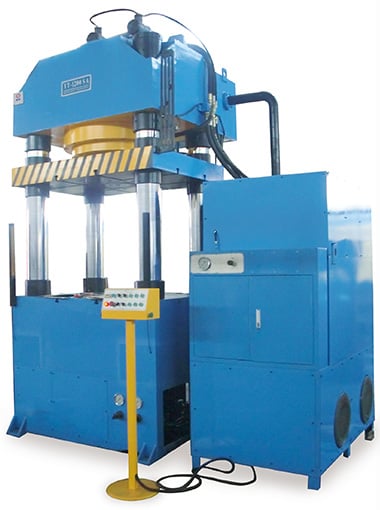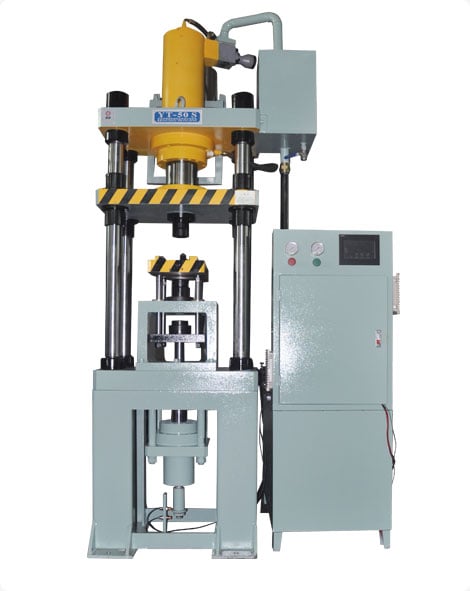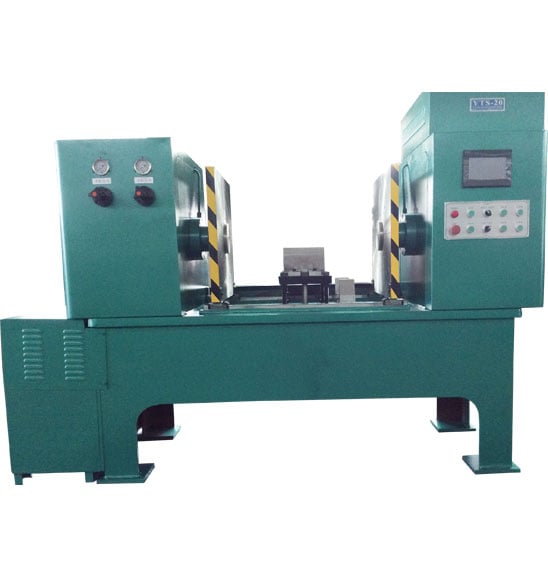How to Make a Hydraulic Cider Press
time:2023-08-30 views:(点击 719 次)To build a hydraulic cider press, several components are required. You will require a frame, basket, piston, wooden blocks (pine), as well as a juice collection drain pan and bucket.
Size of frame depends on how much pomace you wish to press at once and at what speed. Keeping gaps between slats as close together as possible prevents peel and core bits from entering juice production.
Frame
Hydraulic cider presses require a strong and sturdy frame in order to properly juice apples. To withstand the force of its hydraulic jack, while being easy for cleaning and maintenance. There are various frame designs available ranging from wooden presses to more complex metal models; selecting the appropriate one depends on your apple harvest size and frequency of usage.
Ideal frames should be constructed from natural wood or food-grade metal such as stainless steel (AISI 304) for easier cleaning, while any parts in direct contact with juice should be sanitized using a diluted iodine solution to protect their frames and ensure no harmful bacteria enter your juice supply.
An apple grinder should be an indispensable tool when it comes to pressing apples. A properly cleaned grinder should have the capacity of grinding fruit in multiple passes for easier handling and should feature long handles so that more than one person can operate it simultaneously.
When building the frame, it is essential to ensure that the gaps between slats of the basket do not exceed 1/16". Otherwise, bits of peel and core could escape through these gaps into your cider, and cause disproportional pressure from jack to spread evenly across it all. Slats should also be evenly spaced to distribute pressure equally from jack.
Make a DIY Cider Press
Basket
A hydraulic cider press basket is at the core of all operations. A good one should be strong and sturdy enough to withstand the pressure from its hydraulic jack without cracking or bending under pressure, as well as large enough to contain ample apple mash. A basket made from two 10-3/4''-diameter wooden disks cut from 5/8" stock can be assembled together by glueing at right angles with the grain running in both directions to form one continuous lid which can then be bolted securely to its frame with nuts & bolts secured with washers so as to prevent any contact between it and metal plate underneath.
It should also be designed to conform to the shape of the jack and feature rings to make removal simple, as well as being powder coated for strength and durability. A special prop on the frame for centering the jack should also be included, along with plastic feet on its base to make transporting it easier. All parts that contact with juice should be made of either natural oak or food grade stainless steel (AISI 304); its piston should feature rings which make removal simple.
Accessories available to enhance the performance of a hydraulic cider press include a collection bucket equipped with a spigot and flywheel or longer leaver to ease strain on the hydraulic jack. A mesh bag can also be useful in keeping apples from sticking together prior to being added into the press - helping maximize juice extraction.
Squeezer
Hydraulic presses utilize a heavy-duty, threaded screw that fits securely into the center of an upper 4x4 framing member at the front of its frame. You can find such a screw at junkyards, flea markets or secondhand stores; any coarsely threaded rod from an old piano stool would work just as well. To attach it securely to the squeezer board and to fasten it to it securely using pipe with an inside diameter slightly larger than that of the screw is ideal and can then be hammered directly into its position in between 4x4 members at its front of frame.
Your choice of squeezer should depend on how much fruit will go into each batch; for instance, if you plan on juicing large volumes of apples at once, select a larger one; for smaller amounts such as only juice from a few trees, something smaller will do just fine. Furthermore, strong materials should be chosen so as to prevent it bending or cracking under strain.
Once squeezing is completed, the liquid will run down the trough and into your collection bucket or pan for later use. At this point you can begin the process of preserving homemade cider for future use - for best results it is recommended to use multiple apple varieties like Rome Beauty or Ida Red to ensure a more complex flavor profile; additionally adding in some heirloom apples could add depth while complementing sweetness of other apples in your juice mix.
Piston
The piston is an essential component of the hydraulic press. It helps increase pressure applied during pressing, which increases juice yield. To maximize results, the piston should be set at an appropriate height to ensure proper squeezeout of apple mash while also being strong enough to withstand maximum amounts of pressure applied in one cycle; otherwise the juice produced from pressing may not be as clear.
The size and material composition of pistons depends on the type of press used. Some are made from wood while others feature metal components. Piston length varies according to machine size and capacity; traditionally these presses were operated by turning a large screw or hand crank that can be difficult and time consuming - they also take up considerable room during operation.
Hydraulic presses make an excellent home option, as they reduce manual labor while simultaneously increasing juice output in a shorter amount of time. You can purchase these presses either locally at home improvement stores or online; most come complete with all you need for cider production - an adjustable press frame, bucket and wooden blocks are provided as part of this package. Furthermore, peaches, apricots and red currants can all be juiced using this method!
Rack and cloth presses, which utilize a traditional rack to store apples while pressing them with muslin cloth, are another classic apple press option that offers effective juice production with reduced physical effort and risk of injury. They're especially suitable for established apple and juice producers looking to boost efficiency and yield.
Hydraulic jack
Hydraulic jacks of cider presses are essential elements to their operation and help generate high pressure, evenly disbursing it across both basket and ram to produce better juice. You can buy or make your own at home; all sizes work the same way. Compared to traditional presses that require manual operation, hydraulic jacks provide faster use.
A hydraulic jack uses a pump to force hydraulic fluid through a one-way valve and into its piston through its cylinder, forcing a piston through and raising its plate - this allows ram to push down on apples, extracting juice from them through push down action. Regular maintenance must be performed on this type of jack to protect its components that provide lifting force from being damaged by excessive strain and strain on lifting force components.
Floor and bottle jacks are two types of hydraulic jacks available on the market, each serving their own specific purposes. Bottle jacks are often known by their distinctive long-necked bottle shape which makes them particularly adept at fitting into tight spaces. Both work on Pascal's Law which states that any pressure exerted at any one point in a liquid container is distributed evenly throughout its entirety.
To create a hydraulic jack, start by building its base out of either plywood or food grade cutting board. Cut pieces to size or purchase pre-cut ones from your local hardware store. Glue-free solutions may also be available; plastic food grade cutting boards could also work nicely as they don't require as much glue application.
Once you have the base in place, drill multiple holes into it. A bucket with pierced holes hanging over will collect juice from pomace, before setting your baking tray atop of it all and placing your wooden jug on it - this way the jack can press against both surfaces when being pumped up by air pressure and up against its frame when pressurised by air.
Link to this article: https://www.ihydraulicpress.com/nsn/4484.html
Hot Articles
-
How to Make a Hydraulic Press
It can be used for crushing cars Hydraulic presses are one of the most indispensable machines used in industrial manufacturing. From making cars t……
-
Does Hydraulic Press Make Things Heat Up?
Hydraulic presses produce tremendous force, making them ideal for shaping metal components and other materials into shapes that require pressuring……
-
How to Make a Hydraulic Press for Forging
Hydraulic presses play an integral part in many manufacturing and production processes, used to shape, form, and fabricate various machine parts. ……
-
How to Make a Hydraulic Press for Forging
Forging is the process of using force to shape metal into their desired forms and tolerances. There are various means by which this force is gener……
-
How to Make a Hydraulic Press at Home
Hydraulic presses are incredibly useful tools in both home and professional environments, from DIY models to large die-forging presses – the……
-
How to Make a Small Hydraulic Hash Press
Hydraulic hash presses use a powerful jack to apply constant pressure to filter bags filled with bubble hash, forcing its trichome heads to rupture,……
-
How Can a Hydraulic Press Make a Diamond?
Diamonds are one of the hardest naturally occurring materials on Earth, used in a wide variety of jewelry applications and widely revered for their ……
-
How Much Does a Hydraulic Press Cost?
Hydraulic presses are ideal tools for any project that involves bending metal, shaping rubber or plastic, or stamping designs on wood surfaces. No……
Latest News
-
How Much Does a 50000 Ton Hydraulic Press Cost?
Hydraulic presses are powerful machines capable of bending metal for repairs, molding rubber for specific uses and stamping designs onto wood. Fur……
-
How to Make a Hydraulic Shop Press
Have you ever needed to perform repairs that required pushing or pulling something like a bushing, bearing, universal joint or pulley but were una……
-
How to Make Rosin With Hydraulic Press
Rosin stands near the top of the concentrate pyramid and can be produced easily using basic equipment – some people even resort to using hair ……
-
How to Make a Hydraulic Press Machine
Utilizing a hydraulic press machine in the workshop requires precision and care during assembly. All dimensions must be drawn up precisely and joi……
-
How to Make an Air Over Hydraulic Press
Hydraulic presses are indispensable tools in fabrication, assembly and maintenance processes. Utilizing hydraulic pressure, they push steel cylinder……
-
How to Make a Small Hydraulic Hash Press
Rosin presses use heat and pressure to produce clean cannabis concentrates without using solvents as an extraction method, becoming increasingly pop……
-
How to Make Small Hydraulic Press at Home
Whether it be for strengthening concrete products or simply packing cardboard more compactly, a hydraulic press can be an ideal tool. However, in or……
-
How to Make Your Own Hydraulic Juice Press
Hydraulic juice presses are among the most efficient types of juicers, providing more nutritional value and smooth consistency than other types. A……







